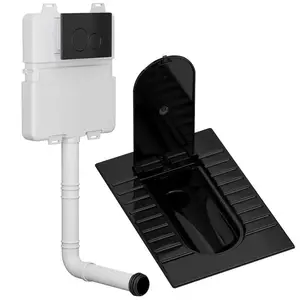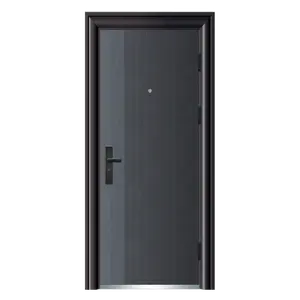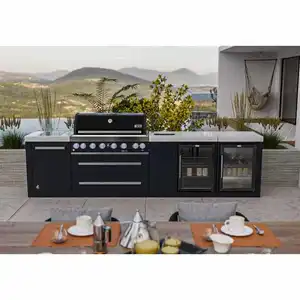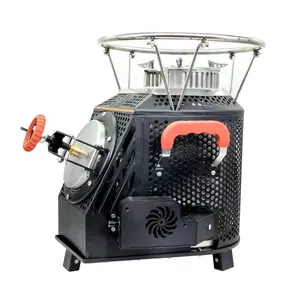Popular in your industry














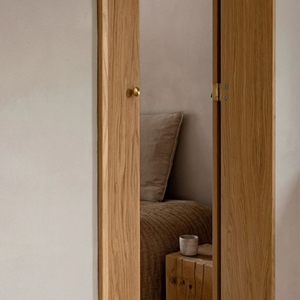


























































Related Searches:



















































































































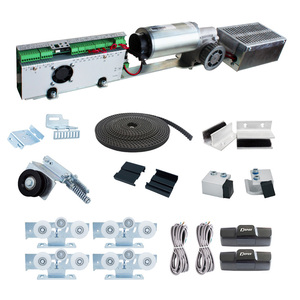





























Top categories
About automatic door in europe
Exploring the Versatility of Automatic Doors in Europe
The landscape of European architecture and design has embraced the functionality and sophistication of automatic doors. These advanced entry solutions are pivotal in modern infrastructure, offering seamless access to commercial and residential spaces. This introduction delves into the various aspects of automatic doors available within the European market, highlighting their types, applications, features, and material composition.
Types of Automatic Doors
Automatic doors in Europe come in diverse forms to cater to different architectural needs. Sliding, swinging, and revolving doors are among the common types, each serving unique purposes. Sliding doors are often chosen for their space-saving qualities, while swinging doors are preferred for traditional aesthetics. Revolving doors, on the other hand, are ideal for energy efficiency and controlling pedestrian traffic in public spaces.
Applications and Features
The application of automatic doors is extensive, ranging from commercial establishments to private residences. In commercial settings, they facilitate efficient and secure entry to offices, shopping centers, and hospitals. For residential applications, these doors enhance convenience and accessibility in homes. The features of these doors are designed with user safety and security in mind, incorporating sensors and advanced control systems to ensure smooth and safe operation.
Material Composition and Advantages
Materials used in the construction of automatic doors in Europe are chosen for durability and performance. Aluminum alloy and solid wood are popular choices, each offering its own benefits. Aluminum alloy doors provide strength and resistance to weather elements, making them suitable for external entrances. Solid wood doors add a touch of elegance and natural insulation properties. The advantages of installing automatic doors include improved energy efficiency, enhanced security, and accessibility for individuals with mobility challenges.
Conclusion
In conclusion, the automatic door market in Europe presents a range of options tailored to various architectural styles and functional requirements. While maintaining a focus on innovation and user experience, these doors continue to evolve, integrating technology that aligns with the dynamic needs of European infrastructure.
